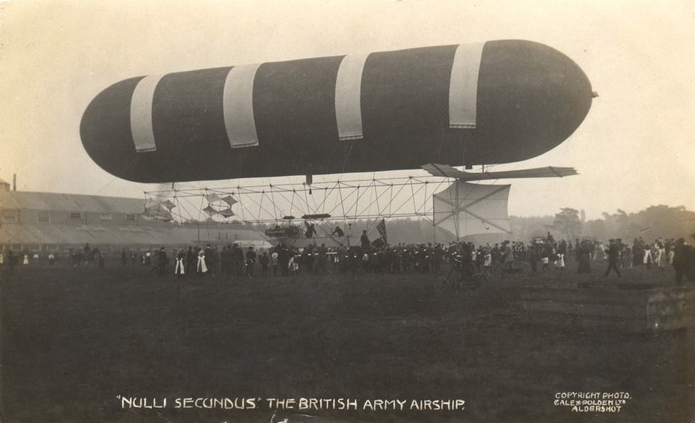
5 October 1907: The British Army Dirigible No 1, Nulli Secundus, flown by Colonel John E. Capper, Royal Engineers, Superintendent of the Royal Balloon Factory, and Samuel Frederick Cody, made a flight from the Balloon Factory at Farnborough to London. After circling St. Paul’s Cathedral, the crew attempted to return to Farnborough but unfavorable winds forced them to moor the airship at the Crystal Palace. The flight covered a distance of 40 miles (64 kilometers) and took 3 hours, 25 minutes.
A contemporary news article described the event:
The military airship “Nulli Secundus” made a successful trip to London from Farnborough on Saturday last. Starting at 10.40, with Colonel Capper and Mr. Cody on board, the airship—a huge sausage-shaped balloon of goldbeater’s skin of thirty thousand cubic feet capacity driven by a fifty horse-power petrol-engine—travelled to London at a rate of about twenty-five miles an hour, passing over Buckingham Palace and the War Office, and circling round St. Paul’s. On the return journey a strong head-wind brought the airship almost to a standstill over Clapham Common, and its course was altered to Sydenham, where it descended safely in the grounds of the Crystal Palace. From the spectacular point of view, the experiment was a splendid success, as the airship passed over London at a height of only seven hundred and fifty feet, and at this stage of the journey seemed to be completely master of the elements. Journalists who talk of “the conquest of the air,” however, or declare that Colonel Capper’s fifty-mile flight has completely changed the strategic position of Great Britain, will do well to note that gallant officer’s modest estimate of his achievement. The conditions of the experiment were exceptionally favourable. “At the start the pilot-balloon we sent up showed that there was no wind at all.” The slight breeze which sprang up was with them on their way to London; but the moderate head-wind at Clapham prevented them from making any progress at all. Colonel Capper summed up the lessons of the trip by observing:—”We have got a decent slow-speed airship which we can navigate if the wind is not too strong”—i.e., more than fifteen miles an hour—”and which can be raised and depressed at will without the use of ballast. We do not pretend that what we have done to-day is anything first-class, but we do say it is satisfactory as a first attempt.” We may further note that the return journey to Farnborough has been abandoned owing to the damage done to the airship by a high wind on Thursday morning.
—The Spectator, No. 4,137, Saturday, 12 October 1907, at Page 515.
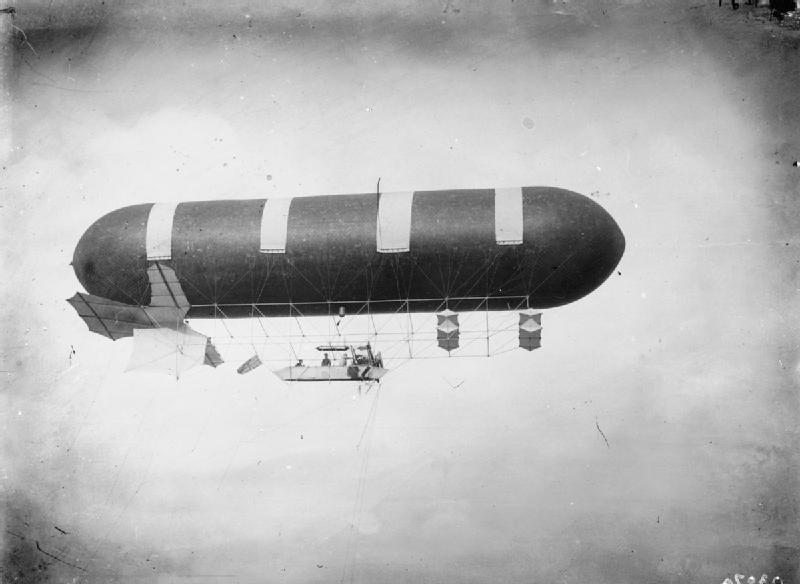
Nulli Secundus was 120 feet (36.59 meters) in length with a diameter of 26 feet (7.93 meters). The envelope was constructed of fifteen layers of goldbeaters’ skin (the outer membrane of calf intestine) and was filled with hydrogen. The semi-rigid dirigible was powered by a 50 horsepower Antoinette engine. It was capable of 40 miles per hour (64 kilometers per hour).
Several days later, still moored at the Crystal Palace, the hydrogen gas was vented through the relief valves to prevent it being carried away in high winds. To speed up the dirigible’s deflation, the airship’s envelope was slashed. The materials were salvaged and returned to the Balloon Factory, where they were used to construct Nulli Secundus II.
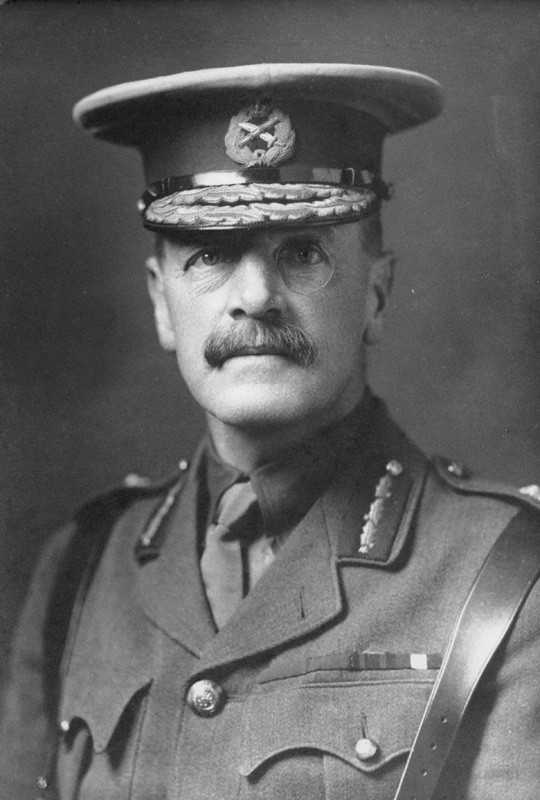
Major General Sir John Edward Capper, K.C.B., K.C.V.O., was a senior British Army officer. He was born at Lucknow, Bengal, India, 7 December 1861; the son of William Copeland Capper and his wife, Sarah. Capper was commissioned into the Royal Engineers in 1880. He served on the Northwest Frontier and Burma from 1883 to 1899, and in South Africa until 1902.
Major and Brevet Lieutenant-Colonel John Edward Capper, Royal Engineers, was appointed a Companion of the Most Honourable Order of the Bath (C.B.), 31 October 1902. From 1903 to 1910, Capper commanded the Balloon School. He then became Commandant of the School of Military Engineering. On 4 June 1915, Major-General Capper was promoted to Knight Commander of the Most Honourable Order of the Bath (K.C.B.). He commanded the 24th Division during the Battle of the Somme. Following the War, Major-General Capper commanded the 64th Division, and British Troops in France and Flanders. He was lieutenant-governor of Guernsey from 1920 until his retirement from the British Army in 1925. He was invested Knight Commander of the Royal Victorian Order (K.C.V.O.), 11 July 1921. Major-General Capper died in 1955.
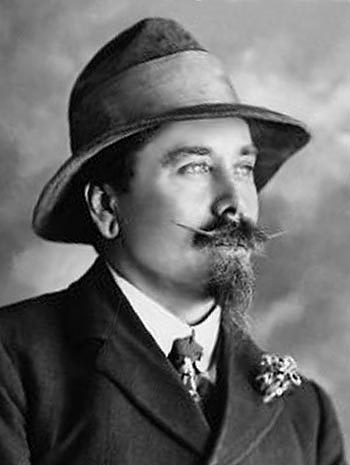
Samuel Franklin Cody (née Samuel Cowdery) was born 7 March 1862 ¹ at Birdville, Texas. He was the son of Samuel Franklin Cowdery and Phoebe Jane Van Horn Cowdery.
Cody commonly dressed in cowboy fashion, and appeared similar to “Buffalo Bill” Cody, whose name he had adopted in 1889. He had been a performer in a “wild west show” that traveled to England. Cody was an an early pioneer in manned kites and gliders, airships and powered airplanes.
Cody’s flight of British Army Aeroplane No 1 at Aldershot, 5 October 1908—one year after the cross-country flight of Nulli Secundus—is officially considered to be the first flight of a powered airplane in Great Britain.
Cody became a naturalized British Subject on 21 October 1909.
Samuel Cody was killed 7 August 1913 ² when a new airplane he was testing, the Cody Floatplane, came apart “due to inherent structural weakness,” at about 200 feet (61 meters).
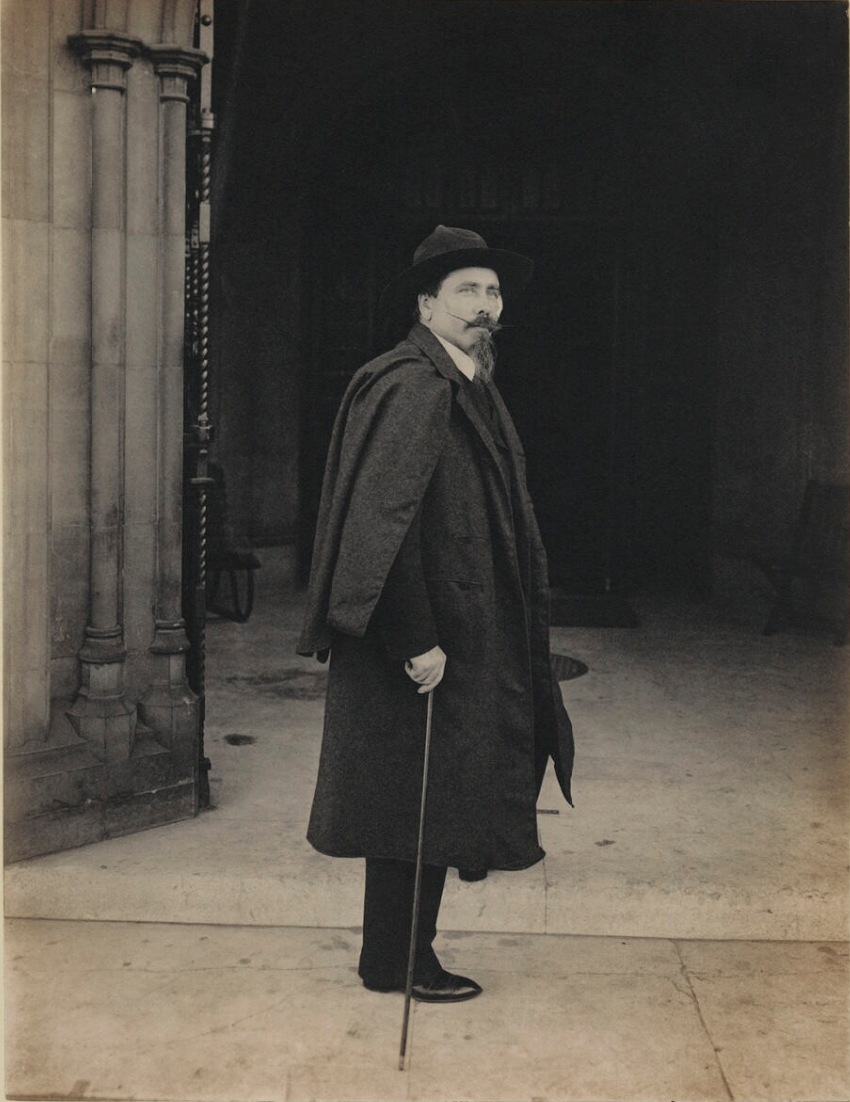
¹ Certificate of Naturalization to an Alien No. 18455
² Wills and Administrations. 1914. Page 408, Column 1.
© 2018, Bryan R. Swopes